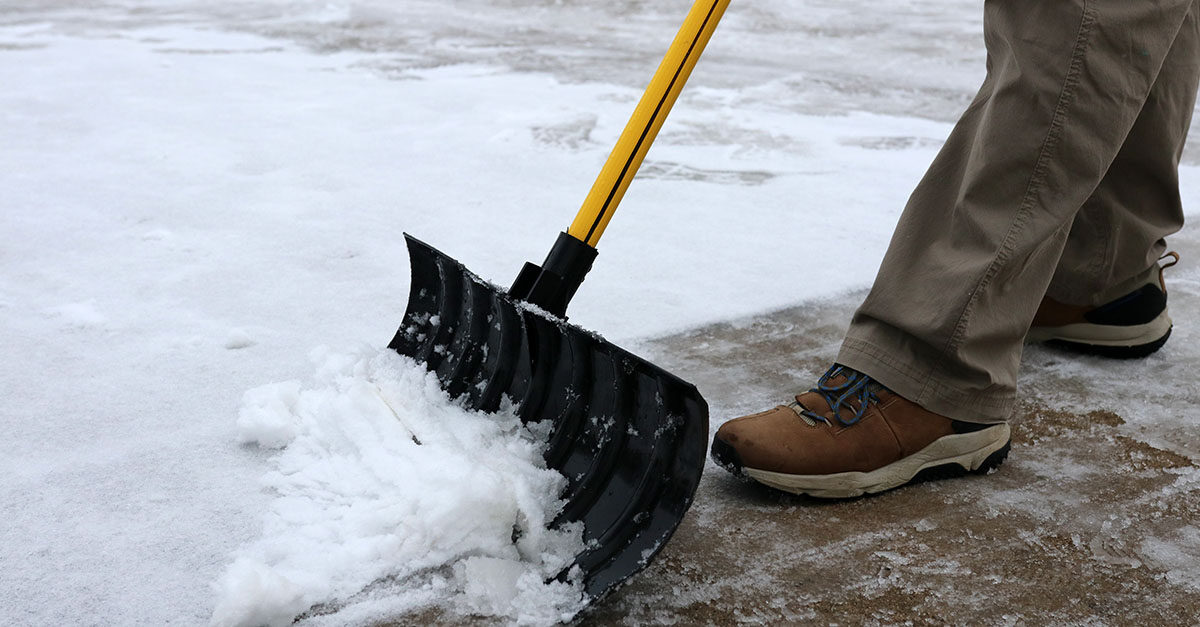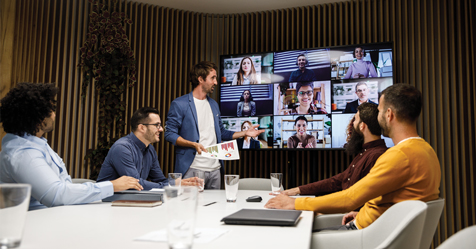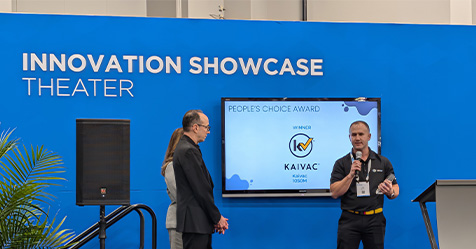Winter is quickly approaching, bringing its own mix of harsh conditions and cleaning challenges. Whether you work in an area with traditionally cold or normally mild winters, you never know when an extreme, unexpected weather event can create disruptions. Now is the time to properly prepare. With the right preventative measures and daily care, facility managers can protect their buildings and keep occupants safe throughout the season.
As occupants enter and exit your building the next few months, here are four tips to ensure a safe winter ahead.
1.Reseal hard floors—Before winter rears its ugly head, check for adequate finish on your floors. If the finish is worn, reseal the floor before winter arrives. Floor finish protects hard floors against rain, snow, salt, and dirt. However, colder temperatures can negatively affect how the finish dries, leading to cracking and peeling. If your region is already experiencing heavier moisture conditions, scrubbing and recoating is the next best option. Applying an early protective coat will help avoid deep stains in your floor finish and prevent the need to strip and refinish floors more frequently.
2. Implement an entrance mat system—After properly preparing your floors or carpeted areas, you’ll need the right entryway matting system to protect them from rain, mud, snow, and dirt. Industry-recognized data shows 80% of soil, dust, and wintertime contaminants within a facility come in through the door on the shoes of visitors and building occupants. An effective entryway matting system can remove as much as 90% of soils from shoes. Quality commercial floor mats are designed to remove and contain water and moisture and should not only have a water dam border but also a vinyl or rubber backing to help contain soils and prevent slips and falls.
It’s recommended that matting systems have 15 feet of lead way outside your building as well as inside, before occupants reach your facility’s carpeted or hard floor.
- Place scraper mats on the outside entryway to remove debris, liquids, or moisture from shoes.
- Place wiper mats just inside the doorway to clean shoe bottoms by removing soil as well as any remaining moisture.
Additionally, ensuring proper matting is in place will help reduce slips and falls on wet floors. The 2020 Workplace Safety Index reports that falls cost U.S. businesses US$10.84 billion per year.
3. Use floor neutralizer to protect and remove ice melt residue—Even the best matting systems on the market can’t capture every bit of moisture and dirt. Winter ice melt residue tracked in on shoes can damage floors and also leave unsightly white salt residue marks throughout your building. Trying to remove the marks with regular cleaners can do even more damage. To remove ice melt residue correctly, use floor neutralizers that are specially designed to dissolve ice melt, dirt, and water film. For best results, apply the floor neutralizer to a mop and apply to the floor or use an automatic floor scrubber.
4. Evaluate building lighting—It’s much easier to install new outdoor lighting or make changes to your building’s existing lighting fixtures during good weather. Autumn is a great time to consider upgrades such as LED lights. LED technology is not affected by cold temperatures so it offers dependable and sufficient illumination through the darker winter months. LED lights are also extremely energy efficient and have lower maintenance and replacement costs.
Facility maintenance is a year-round task with each season bringing its own challenges. There’s no question facility managers often cite winter as the most stressful time of the year due to harsh weather conditions, fewer hours of sunlight, and more dirt and grime tracked into buildings. But no matter where you work, following these simple tips should give you peace of mind, help protect your building, and keep your occupants and guests safe from slips, trips, and falls this winter.




